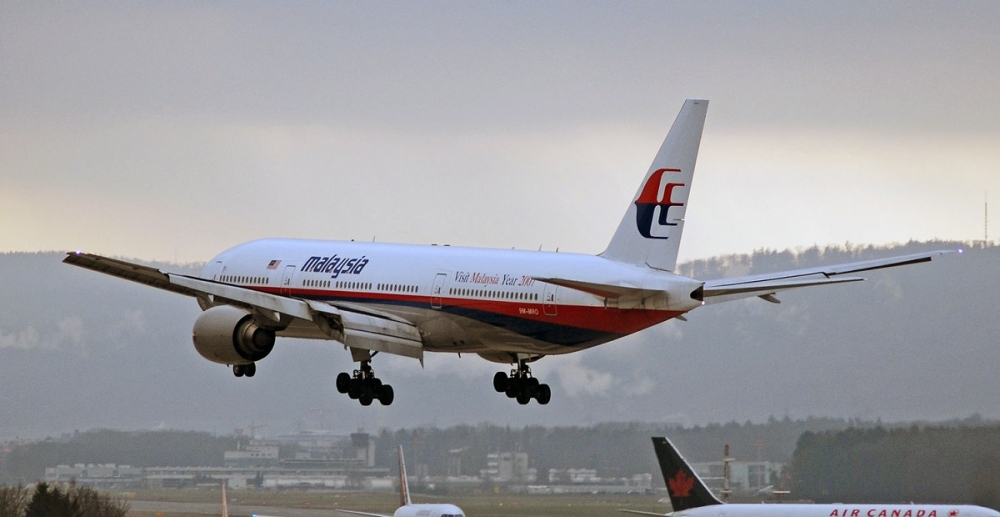Breakthrough technology giving real hope for a new search for MH370
07 September, 2021
3 min read
Airline News

Geoffrey Thomas
By joining our newsletter, you agree to our Privacy Policy


A breakthrough MH370 tracking technology using a digital radio communication protocol called Weak Signal Propagation (WSPR) is proving accurate in testing, according to recent blind-test evaluations that boost hopes for a new search.
Aerospace engineer Richard Godfrey has developed another new technology called GDTAAA (Global Detection and Tracking of Aircraft Anywhere Anytime) which takes data from the WSPRnet and feeds it automatically into a flight tracking system.
Tests adjudicated by AirlineRatings.com have involved a series of flights in the southern hemisphere where Mr. Godfrey had no access to the actual flight path or destination.
READ: Qatar Airways Privilege Club offers great value
The most recent test was provided by former Qantas pilot Mike Glynn and uses a flight operated by a Qantas A330-200 between Samoa and Adelaide in June 2021.
A full report on the flight can be downloaded here.
It is also updated here.
Mr Godfrey said: "For the purpose of the blind test the important part of the flight has been covered, where there is no ADS-B data available".
"The reason that this flight was used is that there are no ADS-B stations on Samoa or in the surrounding region. The further flight tracking to Sydney and Adelaide was conducted without knowing that ADS-B data was available for that part of the flight."
Mr Godfrey explained that the test had been very revealing.
"When an aircraft enters an area of turbulence a WSPRnet link signal anomaly is produced. During turbulence, the ground speed varies suddenly by around 6 knots over a two-minute period and there is a small correction in the track over and above the correction to maintain a great circle path,'' he said.
"Turbulence is particularly interesting as at the end of its flight, MH370 experienced high winds and likely some turbulence.
"WSPRnet transmissions propagate further than previously assumed.
"The WSPR protocol allows detections at lower signal levels than previously assumed.
''WSPRnet signals are readily recorded to the other side of the world at distances over 20,000 km. Signals bounce between refracting back from the ionosphere and reflecting off the earth’s surface in multiple hops.
"If the interim landing point is calm ocean or flat ice, then there is little loss in the signal during reflection. Hops can cover up to 4,000 km and with 10 hops you can circumnavigate the globe."
More tests with flight paths with no ADS-B data are now underway and Mr. Godfrey is planning to use the technology and the many lessons learned from the blind tests to track MH370 to a more accurate location to help a potential search later this year.
Given the seasons, the earliest a search could be mounted would be in the southern summer of 2022/23.
It is highly likely that would be by the US company Ocean Infinity, which describes the search for MH370 as "unfinished business."
Get the latest news and updates straight to your inbox
No spam, no hassle, no fuss, just airline news direct to you.
By joining our newsletter, you agree to our Privacy Policy
Find us on social media
Comments
No comments yet, be the first to write one.

